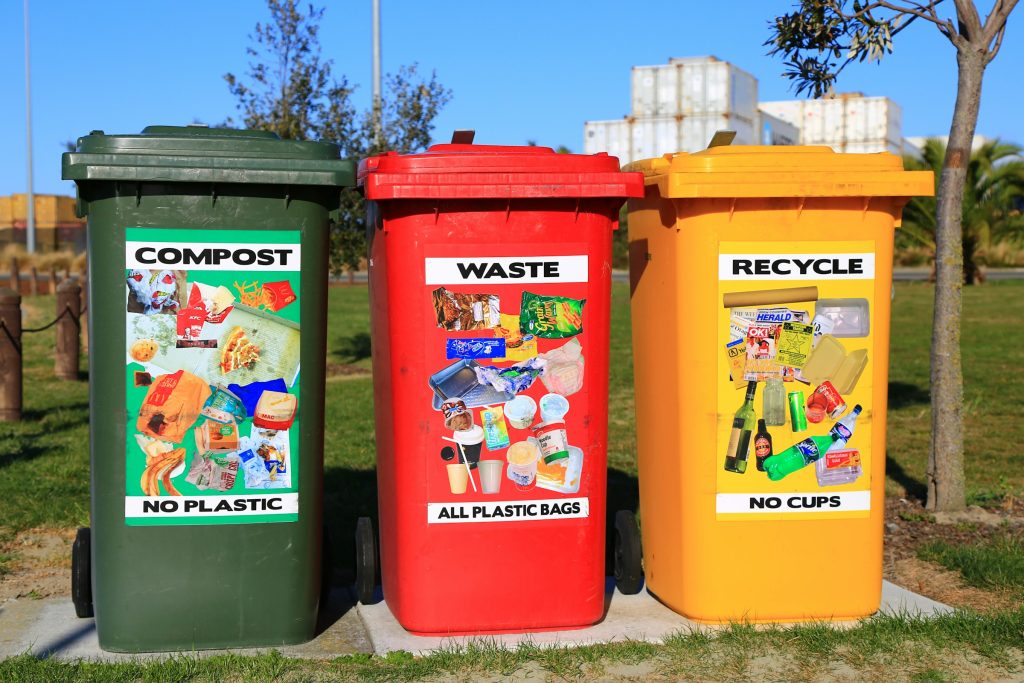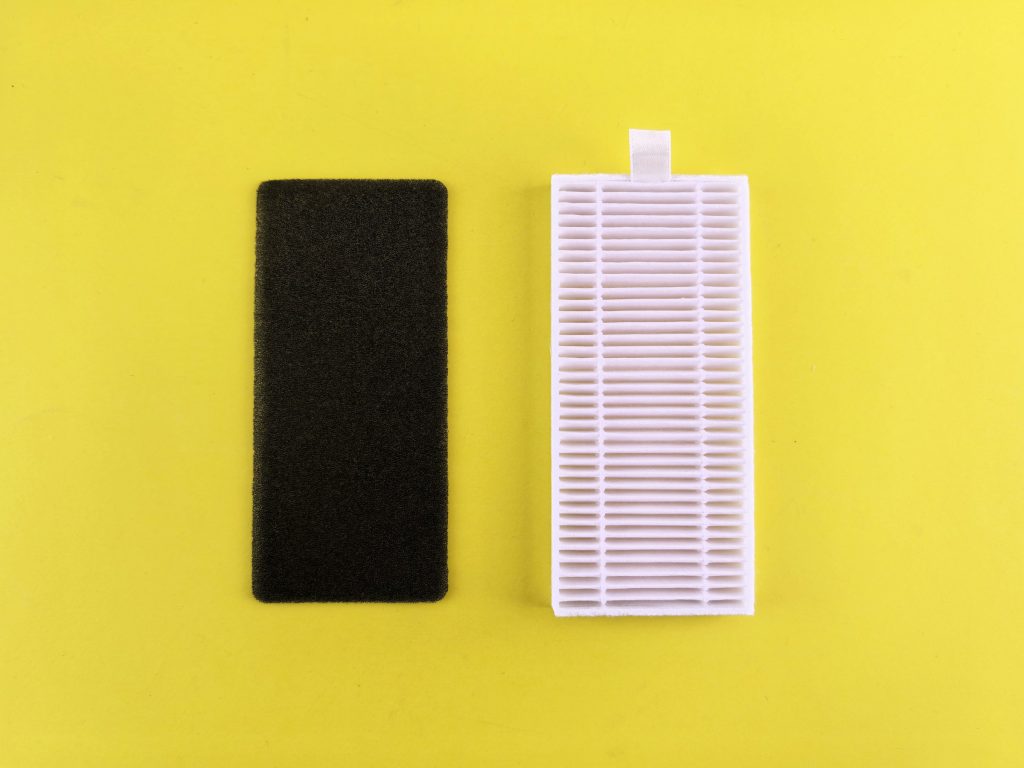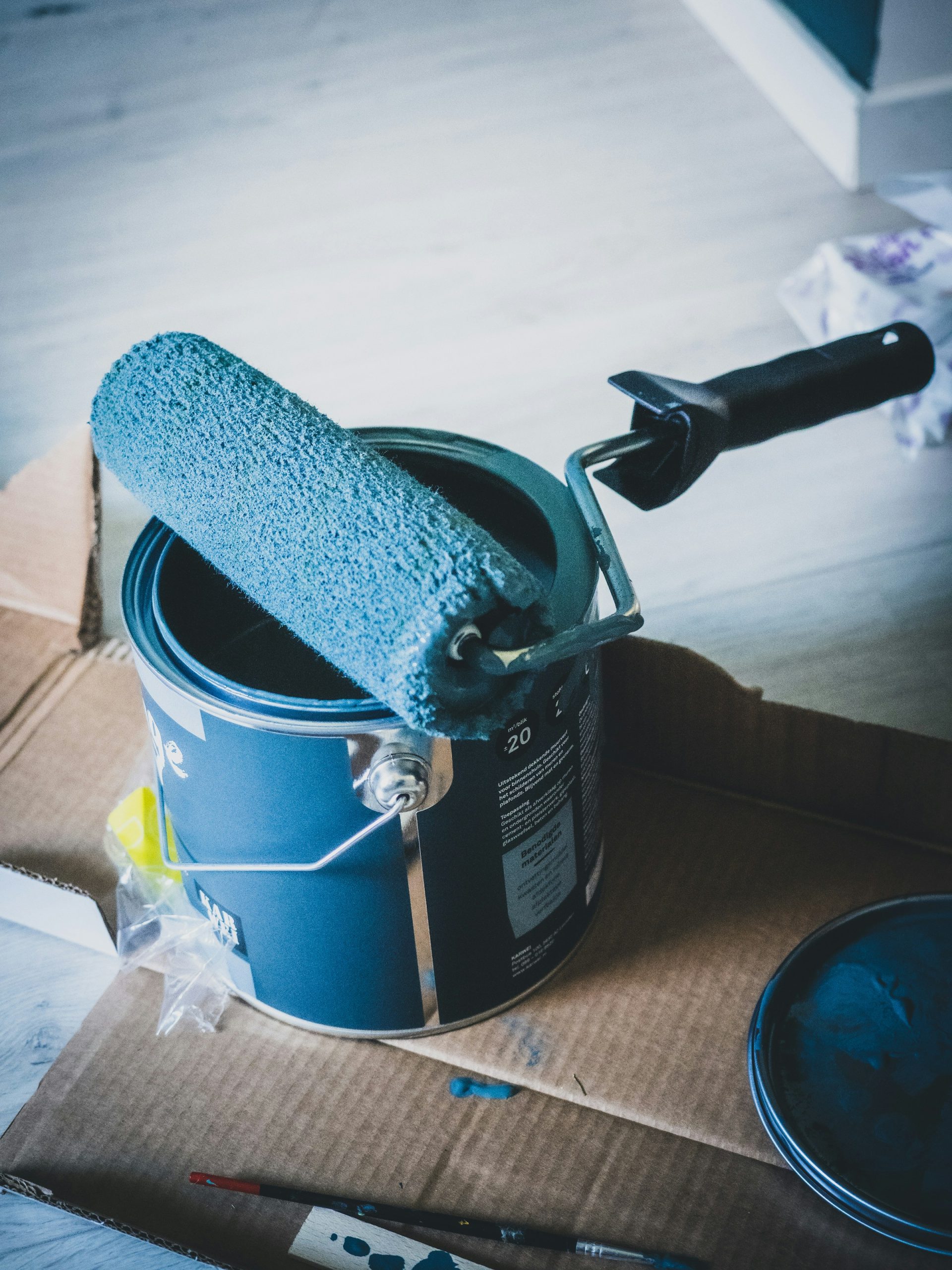The sustainable and green building movement is more than cutting down on construction waste and using sustainable building materials like bamboo, recycled or reclaimed woods or plastics, or using energy efficient appliances or systems. You may have even chosen to prefabricate some pieces to reduce the emissions caused by handling, cutting, and placing various building materials in place during a construction project.
Green and sustainable building practices extend all the way to finishes such as paints, stains, and other coatings. Not only are they better for the outdoor environment in their lower impact during processing as well as application in the final space, but they make the indoor environment a better place to be as well.
Table of Contents
The Trouble with Traditional Paint
Most of the paint on the shelves at your local hardware or building supply store is made by traditional methods with traditional ingredients (chemicals). The chemicals are known as VOCs, or volatile organic compounds, and release their gases into the air during and even years after painting.

VOCs are hazardous to our health and well-being, compromising indoor air quality and leading to health problems for children, the elderly, and those with respiratory issues especially.
Green Alternatives to Traditional Paint
Investing in green building materials and methods is a great way to lessen your project’s environmental impact. Consider these options as a way to finish your project with the same Eco-friendliness you built it with.
Low-VOC & Zero-VOC Paints
When it comes to sustainability in building, one of the easiest ways to make an impact is to choose products made from sustainable materials, including paint. By choosing low- or zero-VOC paint, you’re choosing the more sustainable option, which reduces or even eliminates VOCs and their harmful effects on the environment.

These paints typically have a higher upfront cost than traditional paints, but, like other sustainable building materials offer similar performance and durability. It offers the same coverage and similar color range to its traditional counterpart. The boost to indoor air quality and its effects on health and well-being (and associated costs like health insurance plans), helps offset that initial bottom line.
Natural Paints
Natural paints are made from renewable and biodegradable materials. These include plant oils, water, chalk, clay, and other natural pigments, which are free of toxic chemicals and VOCs. Using natural paints also lowers your project’s environmental impact by using renewable resources.
Much like low- and no-VOC paint, however, natural paints can have a higher upfront cost. They also may not have the same level of durability as traditional synthetic paints.
Recycled Paints
Recycled paint is make from leftover or unused paint that has been collected, processed, and repurposed into new paint. As with recycling any other waste, recycling paint significantly reduces that waste and conserves resources rather than producing a brand new paint.

The paint itself also typically has a lower environmental impact than new, having prevented waste from ending up in landfills and contaminating soil and water and reducing the need for raw materials.
As with natural paints, however, the quality and durability of recycled paint can vary based on the source and manufacturing processes used.
Water-Based Paints
Traditional solvent-based paints contain high VOC levels, but water-based paints use water as the primary solvent. The result: lower VOCs during the drying process, which is often faster and low-odor than traditional paints.
Identifying Sustainable Paints
Some brands will claim to be sustainable or be lower in harmful chemicals and air pollutants, but you need to know what to look for to verify those claims. Truly sustainable paints will hold third-party certifications such as Green Seal, GREENGUARD, Cradle to Cradle, or EcoLogo. These organizations award products based on the product’s environmental impact and performance after thorough testing.
Don’t just look for these certifications, examine the ingredient label for natural and renewable materials, and the absence of VOCs and other harmful chemicals.
Durability & Performance
Another aspect to consider with sustainable paints is their durability and performance. As we identified with recycled and natural paints, the durability and performance may vary when compared to traditional paints. You may find yourself reapplying paint more often than you’d hoped, or using more coats than you might have if you’d used a traditional paint.
Before choosing, make sure to speak with an interior designer or other painting professional to choose the best sustainable paint for your project and goals.
The Benefits of Sustainable Paints
There are a number of benefits to including sustainable paints in your next construction project. Combining them with other sustainable building materials enhances those benefits.
Indoor Air Quality
Sustainable paints containing low or no VOCs or other harsh chemicals and the absence of such chemicals improves indoor air quality. These chemicals don’t have the opportunity to off-gas during the drying process, or linger in the air after drying.
Eliminating VOCs and other harmful chemicals improves the air quality in the space. It means there are less harmful toxins to breathe in, both during and after the painting process.

Some people enjoy the smell of freshly applied paint or finishes, but that smell is actually toxic chemicals that can cause things like headache, dizziness, and other health problems. Eliminating toxic paints and finishes eliminates these harsh health effects and makes for a healthier, happier workforce.
Improved Safety
Eliminating harmful chemicals like VOCs and more from the environment improves the health and safety of everyone who uses the space. Homes, office buildings, schools – any business – can benefit from the use of sustainable paints in safety costs alone.
Positive Environmental Impact
Just as with the utilization of other sustainable building materials, sustainable paints have their own positive environmental impact. Not only can they be sourced from renewable and sustainable sources, their manufacturing processes are more environmentally-friendly, and some even offer recycling opportunities.
Recycling Programs
Leftover paint gets tossed out with the rest of construction waste and debris. You could potentially donate unused paint to home-building or renovating charities, or get in touch with your supplier about paint recycling.

Since sustainable paints are often made from renewable and sustainable resources, it is easier to recycle than traditional paint. Check with the supplier or manufacturer before tossing it with the rest of your construction waste.
Choose Sustainable Paints for Touch Ups and Reapplication
Once you’ve decided on using sustainable paints in your building project, you’ll need to continue to utilize them once the initial job is done. You don’t want to ‘undo’ the good you’ve done by choosing a traditional paint for touch ups or reapplication.
If you’re renting your office space, inform your landlord of your choice, so maybe they continue to use sustainable paints when preparing the space for a new client, or inform new tenants of the availability and prior use of sustainable paints.
Final Thoughts
When you decide to bring sustainable building materials and practices to the forefront of your next construction project, don’t forget about the finished product – or the finishes that get you there.
The staff at Structr Group can help you navigate the ins and outs of traditional paints as well as sustainable paints and the impact of each not only on your indoor air quality but the overall environmental impact of your sustainable building project from start to finish.
Contact us today!





0 Comments